And
The word "and" is one of the most common words in the English language, but it's also one of the most powerful. It can be used to connect two ideas, to add information, or to create a sense of momentum.
In this blog post, we'll explore the power of "and" and how it can be used to improve your writing. We'll also look at some examples of how "and" has been used effectively in literature and in everyday speech.
Introduction
The word "and" is a conjunction, which means that it's used to connect two clauses or sentences. It's one of the most common words in the English language, and it's used in a wide variety of contexts.
For example, we might use "and" to connect two related ideas: "I went to the store and bought some groceries." We might also use "and" to add information: "I went to the store and bought some groceries, and I also picked up a few magazines."
Main Content
The word "and" can be used to create a sense of momentum in your writing. When you use "and" to connect two ideas, it creates a feeling of forward motion. This can be helpful if you're trying to persuade your reader or if you're trying to create a sense of excitement.
For example, let's say you're writing a blog post about why you love to travel. You could start your post by saying, "I love to travel and see new places." This simple sentence creates a sense of momentum and excitement. It tells the reader that you're about to share some interesting information about your love of travel.
The word "and" can also be used to add information. When you use "and" to add information, it gives your reader more details about what you're talking about. This can be helpful if you're trying to be clear and concise in your writing.
For example, let's say you're writing a blog post about how to make a delicious chocolate cake. You could say, "To make a delicious chocolate cake, you'll need flour, sugar, eggs, butter, and cocoa powder." This sentence gives the reader all the information they need to make the cake.
Conclusion
The word "and" is a powerful tool that can be used to improve your writing. It can create a sense of momentum, add information, and connect two ideas. By using "and" effectively, you can make your writing more clear, concise, and persuasive.
Orange blossom shrubs are beautiful and fragrant plants that can add a touch of elegance to any garden. They are relatively easy to care for and can thrive in a variety of climates. If you are interested in learning more about orange blossom shrubs, I recommend visiting Home Gardening. This website has a wealth of information on the history, cultivation, and care of these amazing plants.
FAQ of orange blossom shrub
- What is an orange blossom shrub?
An orange blossom shrub is a deciduous shrub that is native to China and Japan. It is known for its fragrant orange blossoms, which bloom in the spring. The shrub can grow to be 2-3 feet tall and wide.
- What are the hardiness zones for orange blossom shrubs?
Orange blossom shrubs are hardy in USDA hardiness zones 5-9. This means that they can withstand cold winters and hot summers.
- How much sun does an orange blossom shrub need?
Orange blossom shrubs need full sun to partial shade. They will not do well in deep shade.
- How much water does an orange blossom shrub need?
Orange blossom shrubs need regular watering, especially during the summer months. However, they are susceptible to root rot, so it is important not to overwater them.
- How do I care for an orange blossom shrub?
To care for an orange blossom shrub, you should:
* Water regularly, especially during the summer months.
* Fertilize in the spring and fall with a balanced fertilizer.
Prune in the spring to remove dead or diseased branches.
Protect from frost in the winter.
- What are some common pests and diseases of orange blossom shrubs?
Some common pests and diseases of orange blossom shrubs include:
* Aphids
* Scale insects
* Whiteflies
* Powdery mildew
* Rust
To control pests and diseases, you can use insecticidal soap, neem oil, or horticultural oil. You can also remove affected leaves or branches.
- How do I propagate an orange blossom shrub?
You can propagate an orange blossom shrub by rooting stem cuttings in the spring or fall.
Image of orange blossom shrub
- Image 1: A close-up of a single orange blossom, showing the delicate petals and the sweet fragrance.
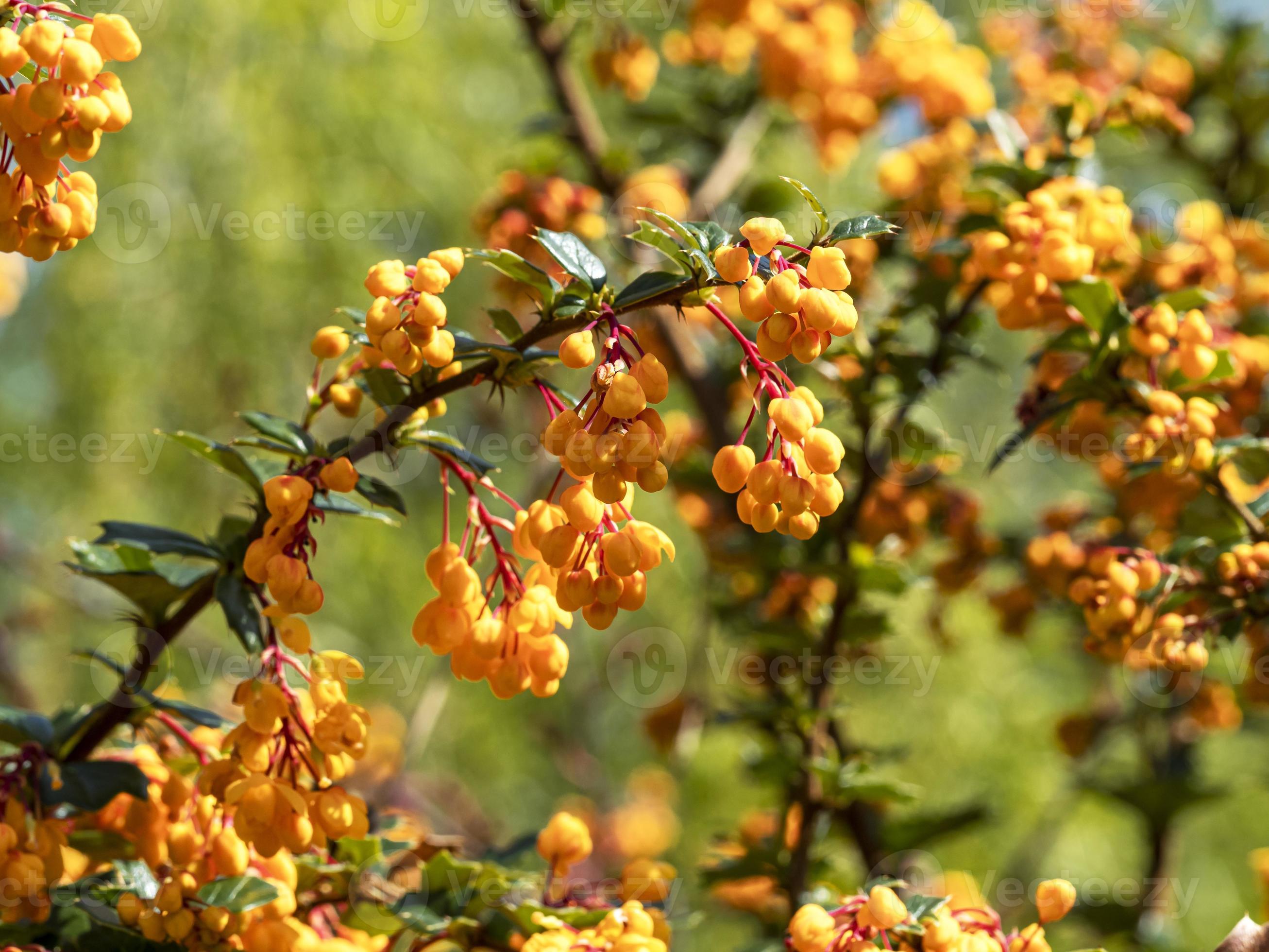
- Image 2: A cluster of orange blossoms, against a backdrop of green leaves.
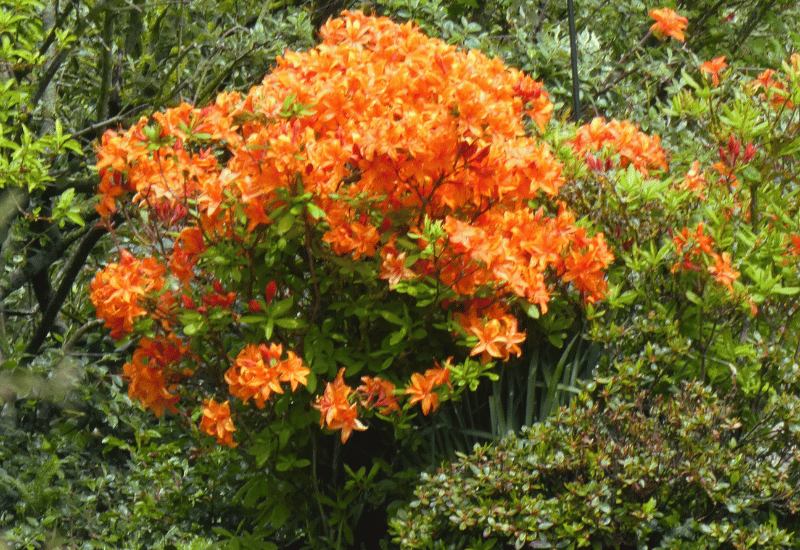
- Image 3: A full-grown orange blossom shrub, in full bloom.
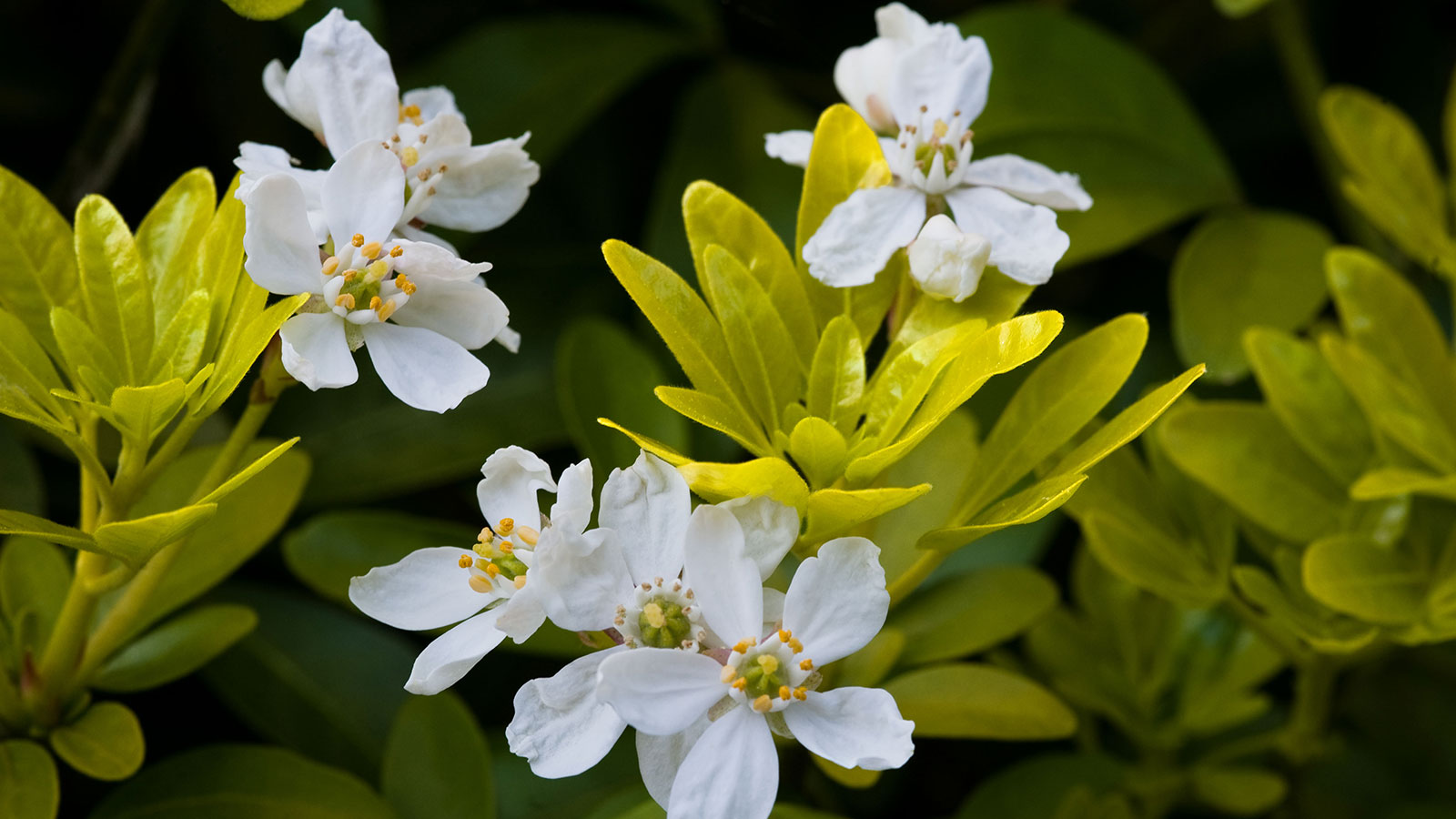
- Image 4: A row of orange blossom shrubs, in a garden.
-Flower.jpg)
- Image 5: A close-up of the leaves of an orange blossom shrub, showing the serrated edges and the dark green color.
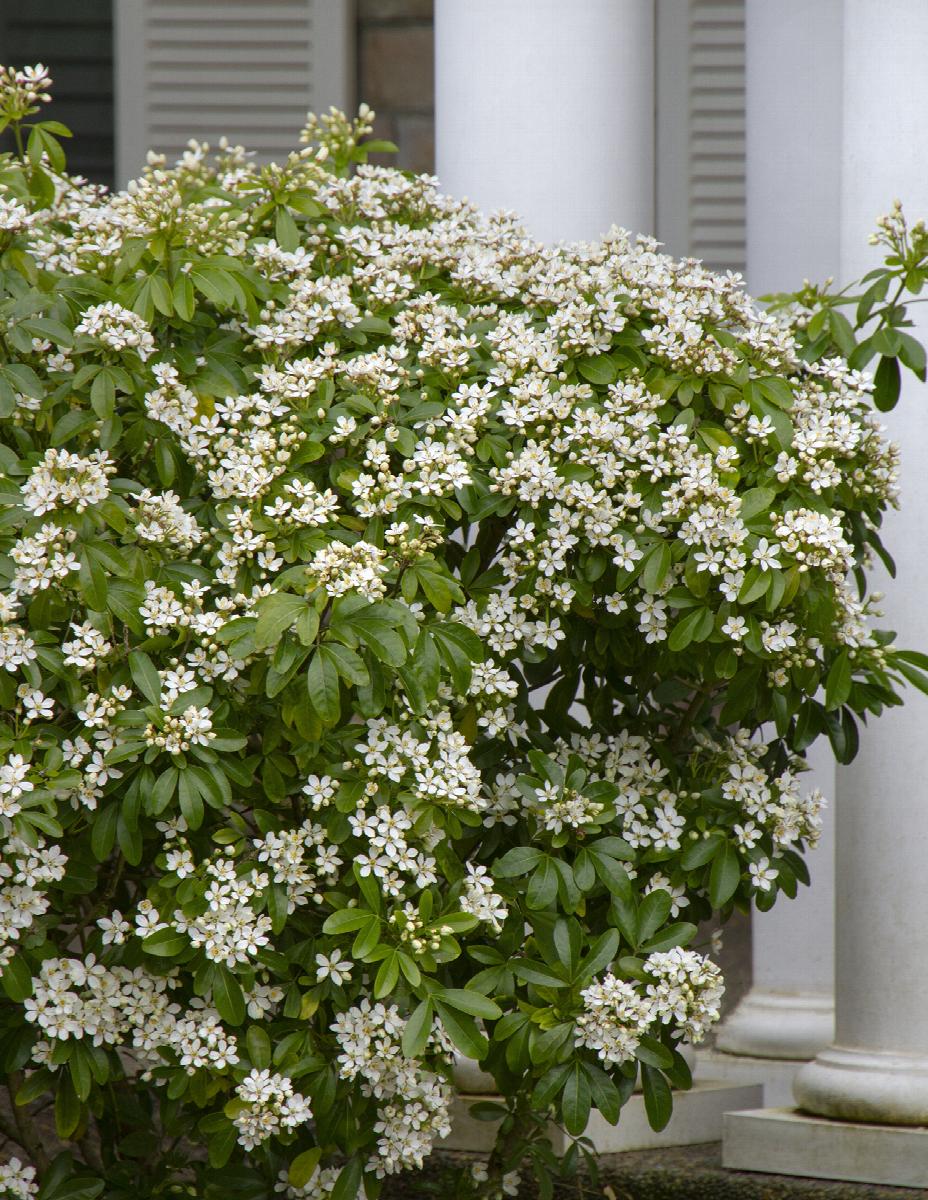
- Image 6: A branch of an orange blossom shrub, with the blossoms in various stages of bloom.

- Image 7: A single orange blossom, with a bee hovering nearby.
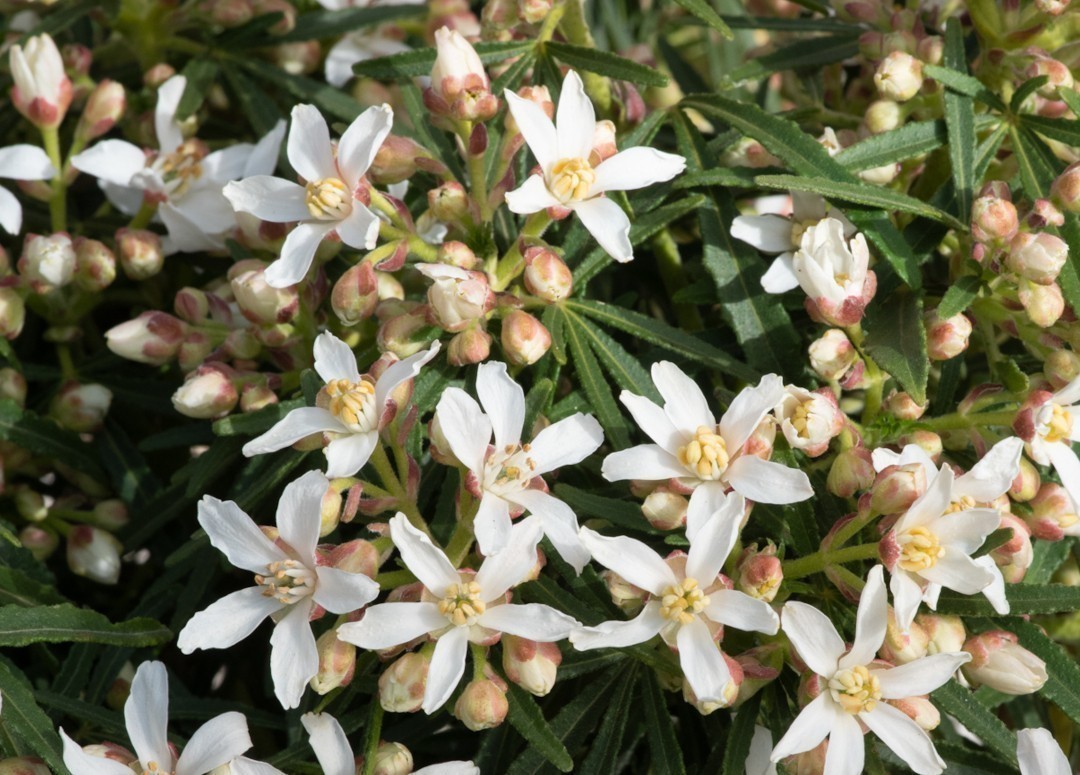
- Image 8: A field of orange blossom shrubs, in full bloom.

- Image 9: A vase of orange blossom flowers, on a table.

- Image 10: A cake decorated with orange blossom flowers.

Post a Comment for "And"